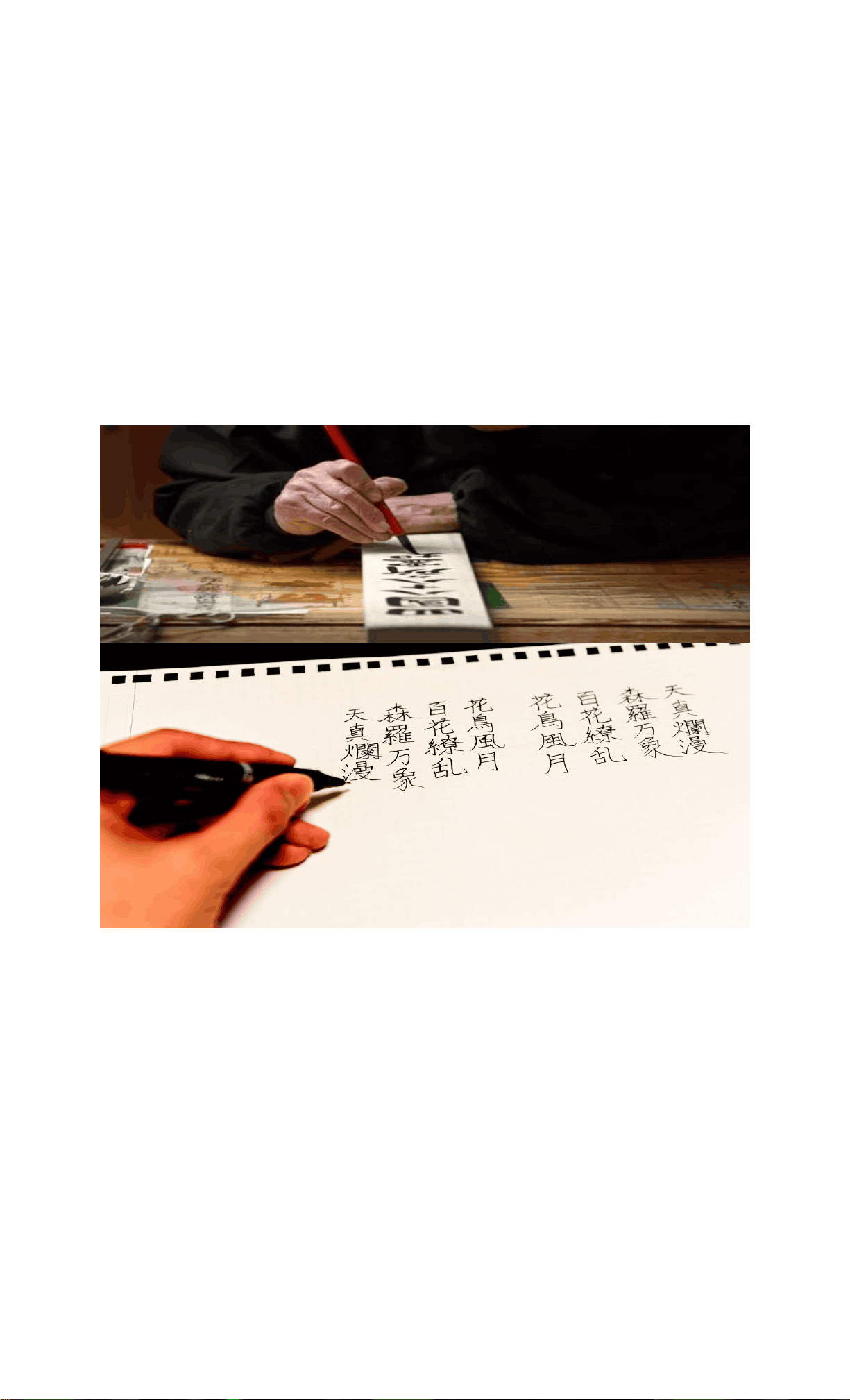
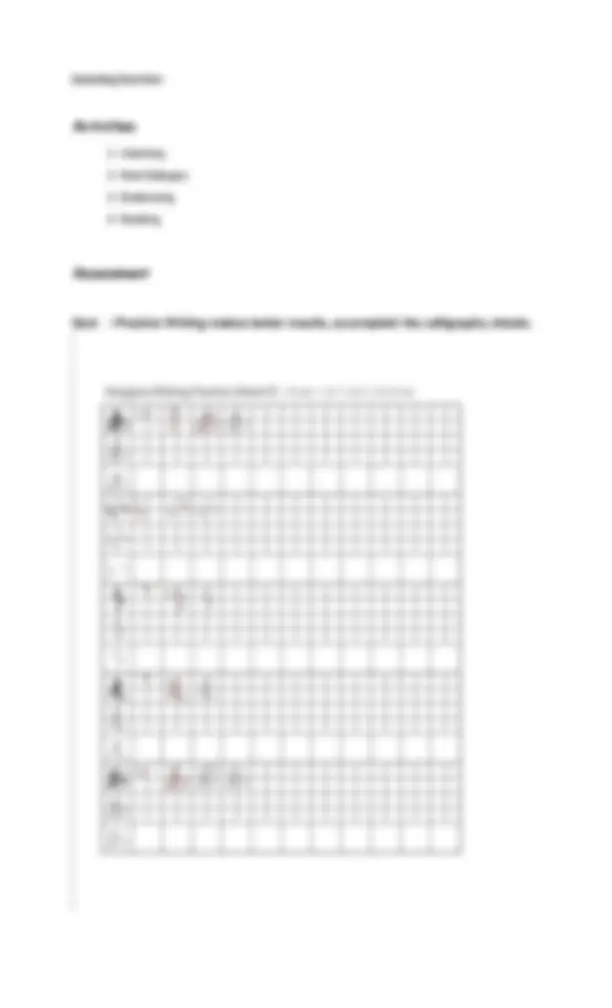
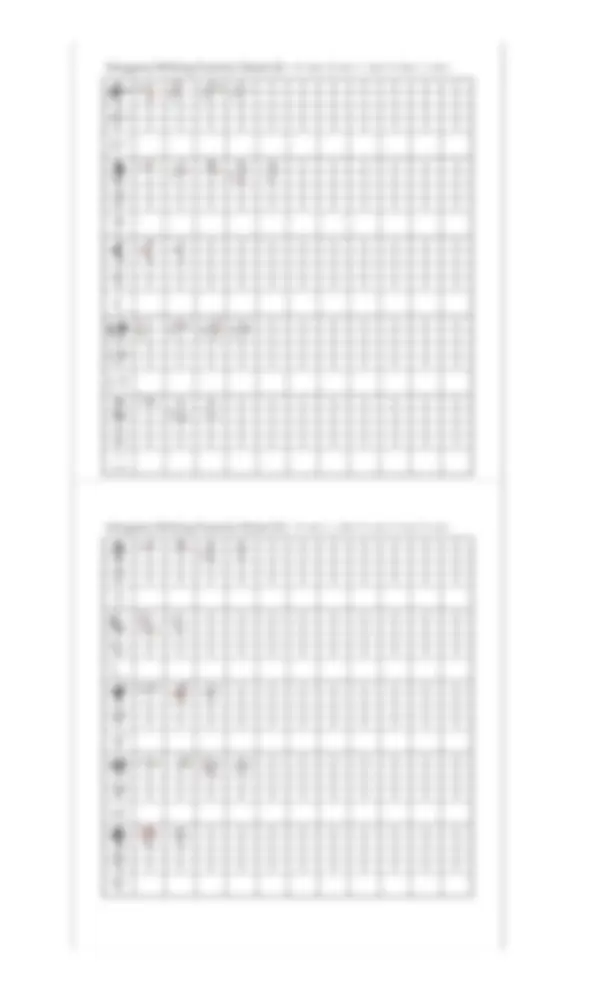
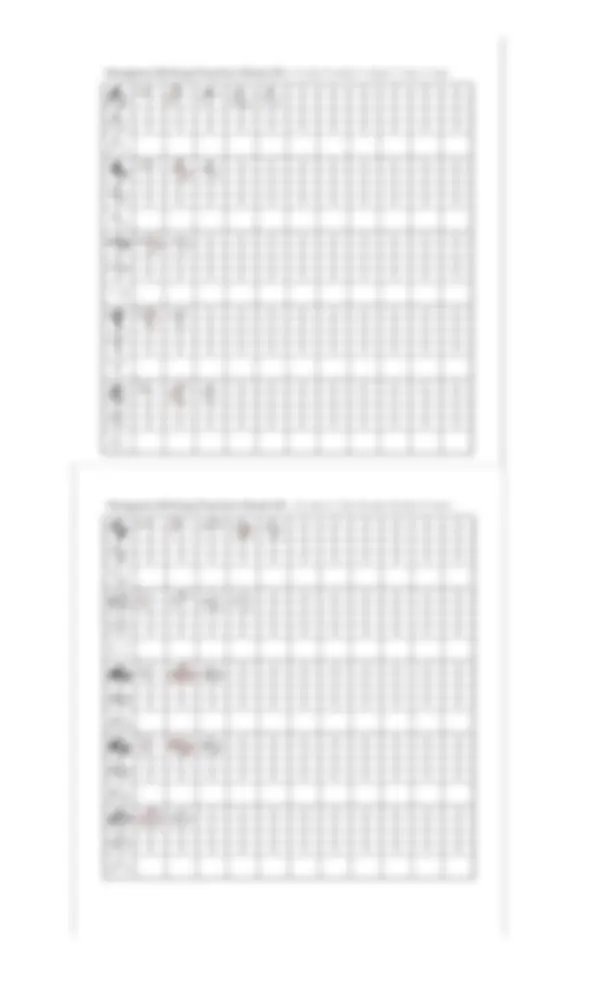
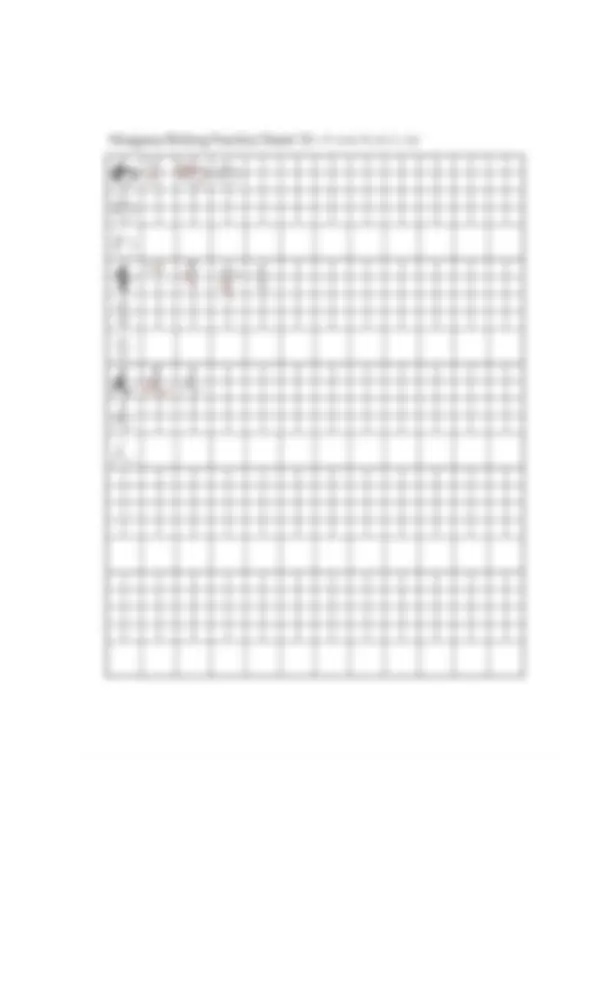
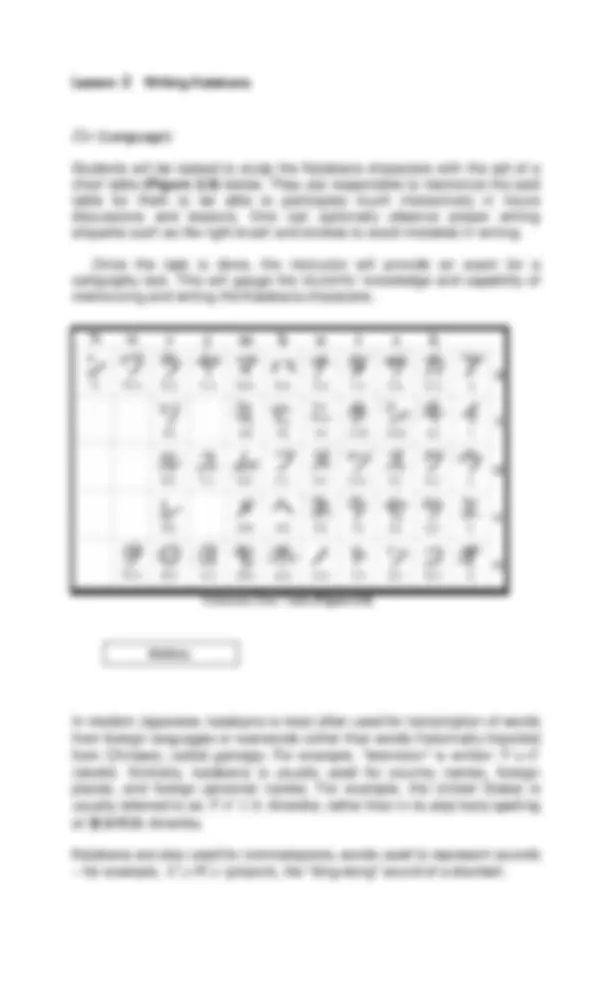
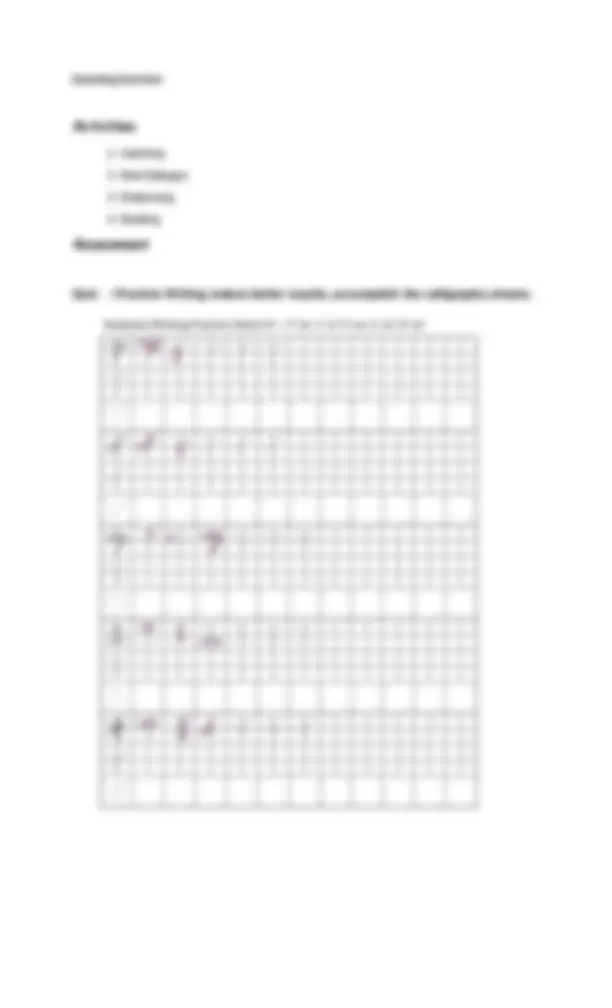
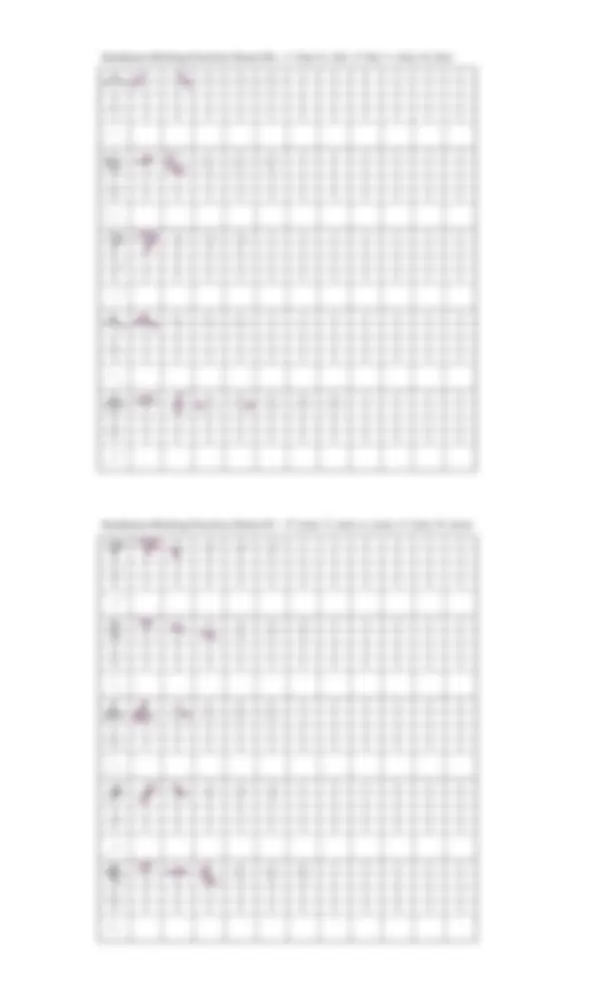
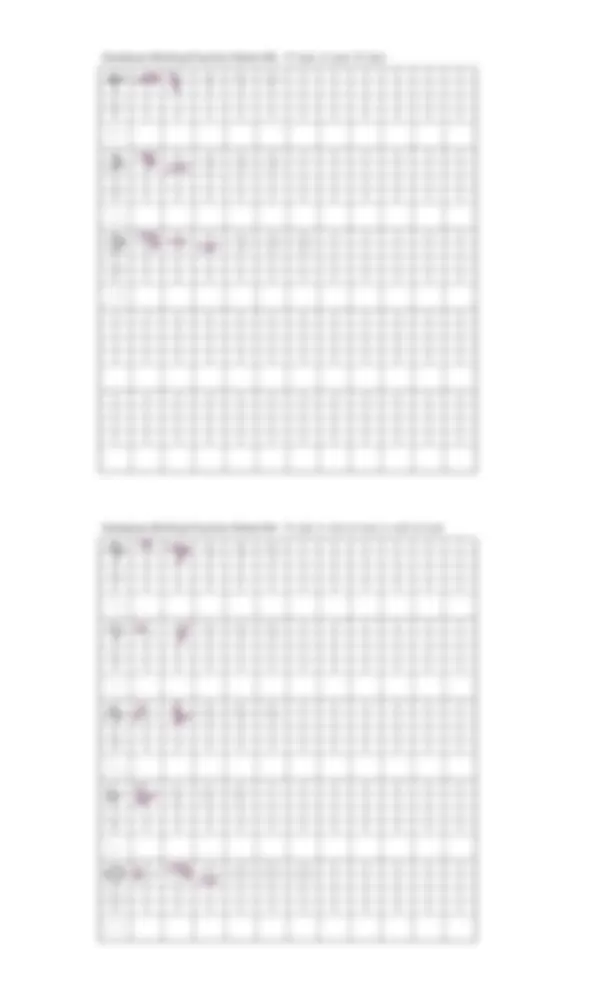
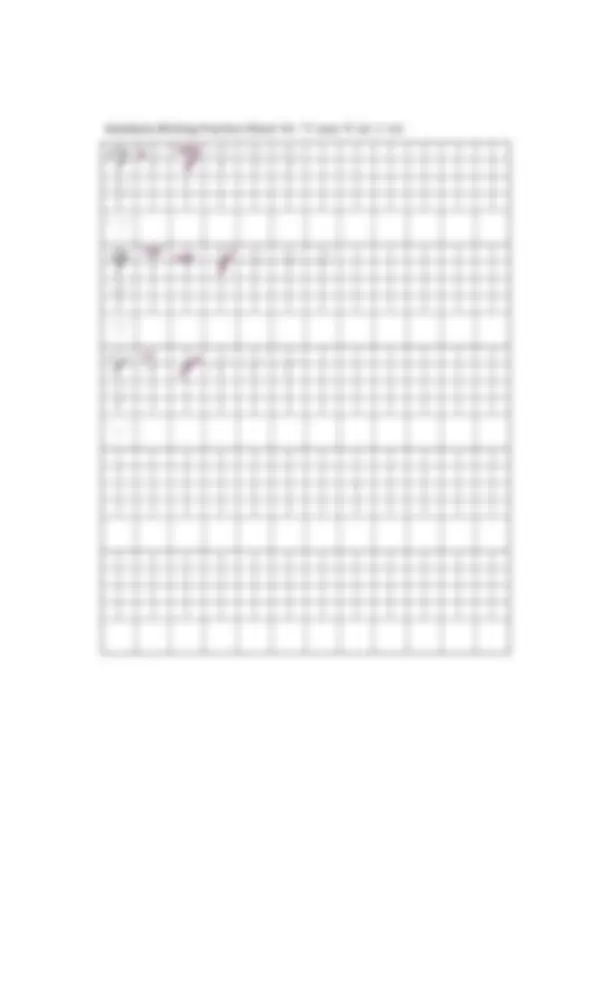


Study with the several resources on Docsity

Earn points by helping other students or get them with a premium plan


Prepare for your exams
Study with the several resources on Docsity

Earn points to download
Earn points by helping other students or get them with a premium plan
Community
Ask the community for help and clear up your study doubts
Discover the best universities in your country according to Docsity users
Free resources
Download our free guides on studying techniques, anxiety management strategies, and thesis advice from Docsity tutors
Japanese introduction and system writing
Typology: Lecture notes
1 / 15

This page cannot be seen from the preview
Don't miss anything!










MODULE 1 Practicing Japanese Writing Introduction In modern Japanese, the hiragana and katakana syllabaries each contain 46 basic characters, or 71 including diacritics. With one or two minor exceptions, each different sound in the Japanese language (that is, each different syllable, strictly each mora) corresponds to one character in each syllabary. Unlike kanji, these characters intrinsically represent sounds only; they convey meaning only as part of words. Hiragana and katakana characters also originally derive from Chinese characters, but they have been simplified and modified to such an extent that their origins are no longer visually obvious. Learning Outcomes At the end of this module the students should be able to: Students will learn the essence of Japanese Writing Form using their common lettering format. Students will be able to understand words, sentences by the use of Hiragana Hone calligraphy; its forms, brush and strokes.
Lesson 1 Writing Hiragana ごい (Language): Students will be tasked to study the Hiragana characters with the aid of a chart table (Figure 1.0) below. They are responsible to memorize the said table for them to be able to participate much interactively in future discussions and lessons. One can optionally observe proper writing etiquette such as the right brush and strokes to avoid mistakes in writing. Once the task is done, the instructor will provide an exam for a calligraphy test. This will gauge the students knowledge and capability of memorizing and writing the Hiragana characters. Hiragana Chart Table (Figure 1.0) History The hiragana syllabary consists of 48 syllables and is mainly used to write word endings. Hiragana are also widely used in materials for children, textbooks, animation and comic books, to write Japanese words which are not normally written with kanji, such as adverbs and some nouns and adjectives, or for words whose kanji are obscure or obsolete. In early versions of hiragana there were often many different characters to represent the same syllable, however the system was eventually simplified so that there was a one-to-one relationship between spoken and written syllables. The present orthography of hiragana was codified by the Japanese government in 1946.
Listening Exercise: Activities